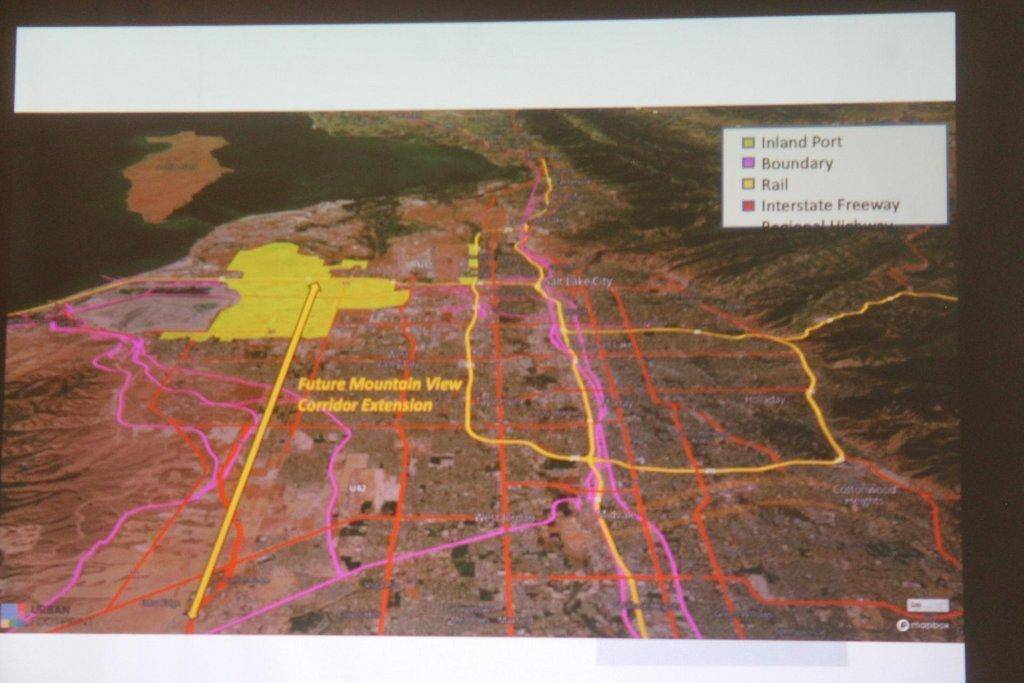Plan relies on unprecedented data collection to set strategies for next five years
Press Release
SALT LAKE CITY – The Utah Inland Port Authority (UIPA) released its Strategic Business Plan that sets a course for the organization’s first five years of operation, outlining goals and strategies for UIPA partnerships, policies and programs. At a virtual press conference Thursday, the UIPA explained how it will advance sustainable and smart logistics investment that benefit the entire state.
“Logistics is the backbone of our economy,” said Jack C. Hedge, Executive Director of the Utah Inland Port Authority. “By establishing a strong, resilient and flexible goods movement network statewide – built on real data and global best practices – the UIPA will ensure the economic support we all need while addressing the issues we all care about.”
The UIPA’s Strategic Business Plan includes the best available data sources analyzed using both regional and national modeling techniques, giving the most complete look to date at industry and community conditions and impacts in Utah. The planning process was led by CPCS, a national consulting firm that specializes in transportation and logistics analysis and policy.
“The Utah Inland Port area has the largest cluster of freight activity in the Intermountain West, and Utah households and businesses rely on that activity to support their lifestyles and livelihoods,” said Donald Ludlow, Vice President of CPCS. “Other states engage in freight planning to improve their transportation systems, but UIPA has the opportunity to do it more holistically and proactively to make logistics more sustainable and to provide economic benefit statewide by working with local communities.”
One third of Utah’s GDP, employment and incomes are dependent on the logistics system.
Global logistics is in the midst of a massive shift to more sustainable goods movement technology and practices, and Hedge said the UIPA “aims to be at the forefront of sustainable innovation to attract capital and high value jobs.”
The planning process incorporated stakeholder, community and citizen’s input to study ways the UIPA can protect community values like habitat, air and water. Scenario modeling shows 11% – 19% reductions in air emissions along the Wasatch Front with the implementation of UIPA partnerships and policies.
“The Inland Port Authority has a responsibility to look at Utah’s entire logistics system and bring together the right partners that will make that system economically and environmentally sustainable in the decades to come,” said Salt Lake City Councilman James Rogers, who is also the Chair of the UIPA Board of Directors. “This new plan directs us how to accomplish that vision.”
The Strategic Business Plan will be formally presented to the UIPA Board of Directors on May 27. The public can view the plan and all supporting materials, as well as submit comments, online at inlandportauthority.utah.gov.

